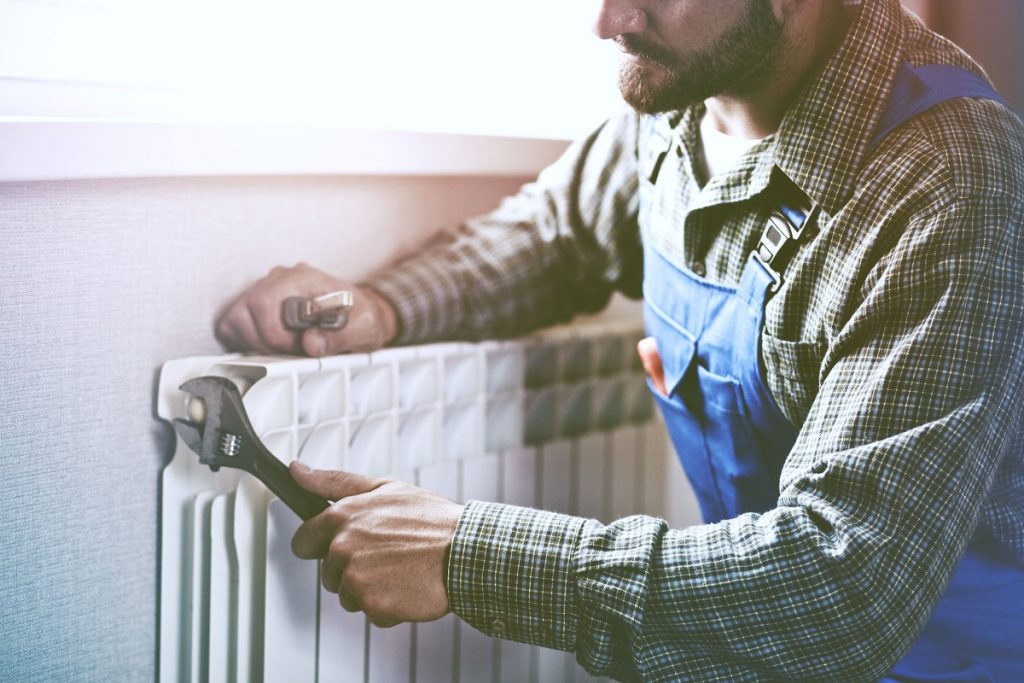- Water damage can compromise a home’s safety and livability, with causes ranging from severe weather to burst pipes.
- Initial responses should include damage assessment, prioritizing gutters, sidings, and walls, and initiating repairs.
- Remediation involves removing water and moisture, drying damaged areas, and replacing any irreparable items or materials.
- Thorough cleaning and sanitization, particularly against mold and mildew, are vital, as is addressing personal items affected by the water damage.
Water damage is a common problem for homeowners that can lead to major headaches. It can cause structural damage and mold growth and make your home unlivable until it’s fixed. Severe weather, flooding, or burst pipes are some of the common causes of water damage in homes. When it happens, you need to act quickly to dry out your home and prevent further damage. This post will share some tips on how to deal with water damage and dry out your home after a storm.
Assess the Damage
Before you start any repairs, take some time to assess the damage caused by water. Make sure you and your family are safe and that there are no electrical or gas hazards in your home. Call your insurance company and take photos to document the damage. It’s important to take these steps before you start cleaning up or making repairs, as evidence of the damage will help your insurance claim. Here are the essential parts to prioritize:
Gutters
Gutters play a paramount role in managing water around your residence. A well-maintained gutter system channels rain and stormwater away from the house foundation, preventing possible water damage.
However, gutters can get blocked by debris, causing water to overflow and seep into walls or foundations. That’s why efficient home gutter repair is vital immediately after a storm. When repairing gutters, ensure they are clear of debris and correctly aligned for optimal water flow.
Sidings
Sidings, much like gutters, are a primary line of defense against water damage. They protect the structural integrity of the home by redirecting water away. Post-storm, it’s crucial to inspect sidings for any signs of damage, such as cracks or loose panels.
These issues, if left unaddressed, could let water infiltrate your home, leading to consequential damage. Repairs should be conducted promptly to maintain their effectiveness.
Walls
The walls of a home are often the most visibly affected part of the structure after water damage. Look for indicators of damage such as discoloration, peeling paint, or swelling. Inside the home, watermarks on walls or ceilings are clear signs of water intrusion.
Wall repairs should involve removing and replacing any damp materials, followed by a thorough drying process to prevent mold growth. A professional contractor can evaluate the extent of damage and recommend the most appropriate repair methods.

Remove Water and Moisture
The first step to fixing water damage is to remove any standing water and moisture from your home. This can be done with a wet/dry vacuum, dehumidifier, or fans.
Open windows and doors to let fresh air in and create air circulation that will help dry the space. Be thorough when removing water and moisture, as any traces left behind can lead to mold or rot.
Remove water-damaged items from your home, such as furniture, carpets, and personal belongings. Water can also cause significant damage to walls and floors, so it’s important to dry them out as thoroughly as possible. Replace any materials that cannot be dried or are moldy. If wooden beams or subflooring are affected, you may need to replace them completely.

Clean and Sanitize
Cleaning up water damage is not just about drying out the area. It’s also essential to get rid of any bacteria, fungi, or viruses that may be present in the water. Here are some tips:
Using Cleaning Solutions
Utilizing cleaning solutions is an effective method to clean and disinfect your home after water damage. Choose a solution that is specifically designed for the type of material you’re cleaning—be it wood, metal, or fabric.
Always remember to follow the manufacturer’s instructions for use to ensure optimal effectiveness and safety. Commercial-grade solutions are often more effective at eliminating harmful bacteria and viruses that may thrive in water-logged conditions.
Focus on Mold and Mildew
Mold and mildew can develop rapidly in moist conditions, often within 24 to 48 hours of water exposure. Therefore, it’s crucial to prioritize areas where these fungi are most likely to grow, such as walls, floors, and furniture that have been exposed to water.
Use a mold-killing solution and take necessary precautions while handling mold, as some types can cause health issues. If an area larger than 10 square feet is affected, it’s recommended to contact a professional to ensure it’s properly handled.
Addressing Damaged Personal Items
Water damage doesn’t only affect the structure of your home but can also harm personal items like clothing, books, and important documents. It’s essential to handle these items carefully to prevent further damage.
Start by separating salvageable items from those beyond repair. Then, clean and disinfect salvageable items using appropriate cleaning solutions. In some cases, professional restoration services may be necessary to salvage valuable or sentimental items.
Water damage can be an unexpected problem that can cause significant damage to your home. But with a quick response, most water damage can be dried out and fixed. By assessing the damage, removing water and moisture, drying walls and floors, cleaning, sanitizing, and preventing future water damage, you’ll have your home back to its normal state in no time. Remember, if the damage is severe, never hesitate to call a professional contractor to handle the situation.

